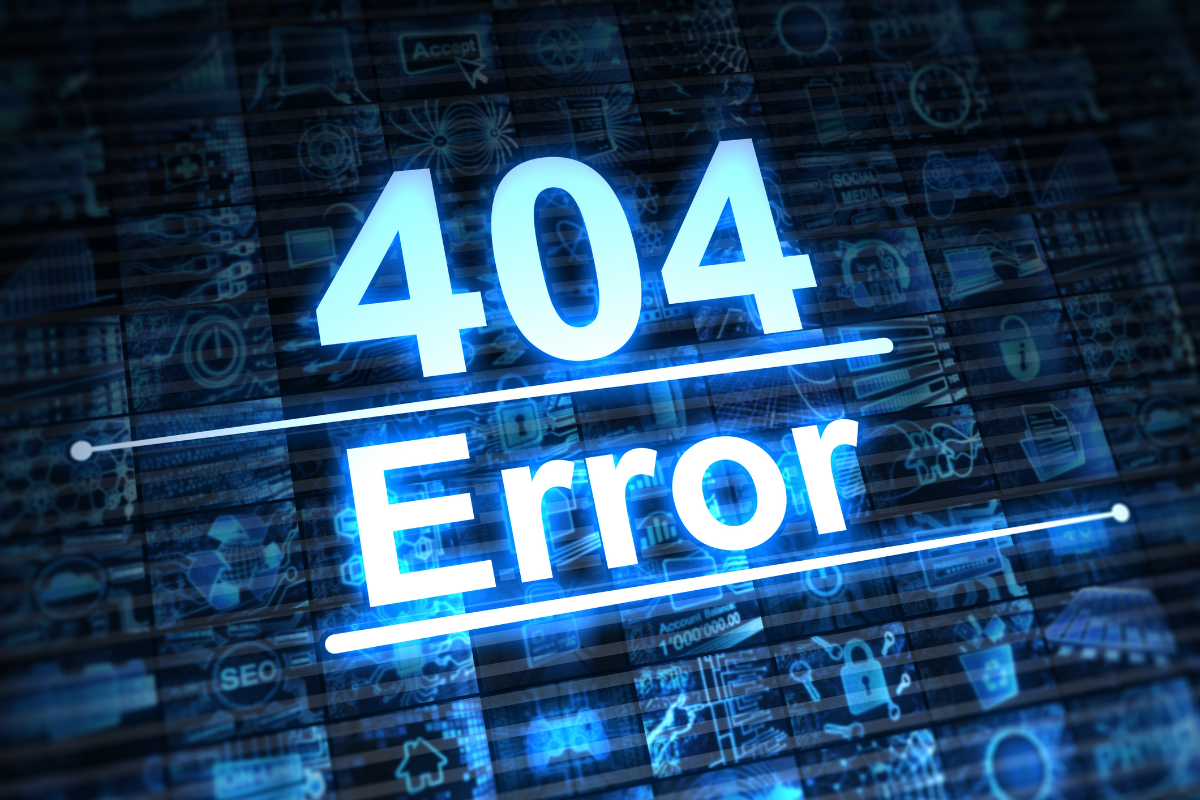
What is a 404 error?
A 404 error is an HTTP status code that indicates that the server was unable to find the requested resource or webpage. This error occurs when a user attempts to access a URL that does not exist on the server.
The 404 error significantly impacts both the SEO and user experience of your website. It can lead to a higher bounce rate, indexing issues, and damage to both internal and external quality links. Unfortunately, this problem often goes unnoticed, affecting only the users who encounter it. Therefore, conducting regular SEO audits is crucial to identify and address this error effectively.
Several factors can lead to a 404 error:
- Mistyped or Incorrect URL: This error typically happens when a user inputs an incorrect URL that doesn’t exist.
- The URL name has been changed: One of the most common causes of this error is a change in the URL name by the website administrator, causing the previous URL to not exist. The outcome? The website will indicate that the page is unavailable.
- The page has been deleted: The 404 error happens when a web URL is accidentally or intentionally deleted during site updates. As a result, any links pointing to that URL will no longer be accessible..
- Domain changed without a redirected: If you make a domain change, it’s best to redirect all previous links to the new page. That way, you will avoid the 404 error and you will not lose the positioning and traffic you have gained on other links.
While 404 errors are common and typically not severe, they can impact user experience and SEO.
Here are four crucial consequences of 404 errors:
- Poor User Experience:
When users encounter a 404 error, they are left confused and unable to find the information they were looking for, often leading them to leave your website and potentially not return. - Negative SEO Impact:
Search engines view a high number of 404 errors as a sign of a poorly maintained website, which can negatively affect your search engine ranking. - Lost Traffic:
Broken links can prevent users from accessing important content on your site, leading to lost traffic and potential conversions. - Credibility Issues:
A website with frequent 404 errors appears less reliable and trustworthy to users, potentially damaging your brand image. - Improved Navigation:
By identifying and fixing broken links, you can ensure users can easily navigate your website and find the information they need
While 404 errors may seem like a minor issue, they can have significant consequences for both SEO and user experience. Regularly monitoring and addressing these errors is crucial in maintaining a high-performing and reliable website.
The team at Gifted Owl can scan your site for 404 errors and take corrective steps to boost your SEO ensure your website provides your audience with the best possible user experience. Contact us today for a complementary SEO Audit
